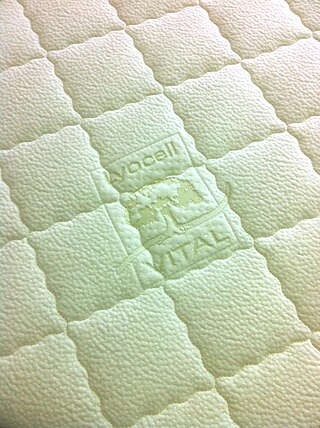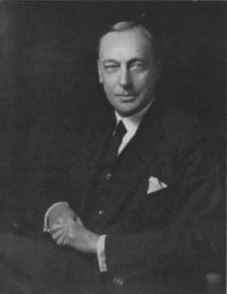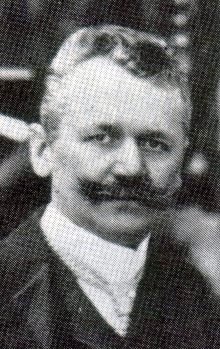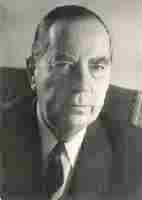
Fiber or fibre is a natural or artificial substance that is significantly longer than it is wide. Fibers are often used in the manufacture of other materials. The strongest engineering materials often incorporate fibers, for example carbon fiber and ultra-high-molecular-weight polyethylene.

Rayon, also called viscose and commercialised in some countries as sabra silk or cactus silk, is a semi-synthetic fiber, made from natural sources of regenerated cellulose, such as wood and related agricultural products. It has the same molecular structure as cellulose. Many types and grades of viscose fibers and films exist. Some imitate the feel and texture of natural fibers such as silk, wool, cotton, and linen. The types that resemble silk are often called artificial silk. It can be woven or knit to make textiles for clothing and other purposes.

In biochemistry, cellulose acetate refers to any acetate ester of cellulose, usually cellulose diacetate. It was first prepared in 1865. A bioplastic, cellulose acetate is used as a film base in photography, as a component in some coatings, and as a frame material for eyeglasses; it is also used as a synthetic fiber in the manufacture of cigarette filters and playing cards. In photographic film, cellulose acetate film replaced nitrate film in the 1950s, being far less flammable and cheaper to produce.

Akzo Nobel N.V., stylised as AkzoNobel, is a Dutch multinational company which creates paints and performance coatings for both industry and consumers worldwide. Headquartered in Amsterdam, the company has activities in more than 150 countries. AkzoNobel is the world's third-largest paint manufacturer by revenue after Sherwin-Williams and PPG Industries.

Lyocell is a semi-synthetic fiber used to make textiles for clothing and other purposes. It is a form of regenerated cellulose made by dissolving pulp and dry jet-wet spinning. Unlike rayon made by the more common viscose processes, Lyocell production does not use carbon disulfide, which is toxic to workers and the environment. Lyocell was originally trademarked as Tencel in 1982.

Tetraamminecopper(II) sulfate monohydrate, or more precisely tetraammineaquacopper(II) sulfate, is the salt with the formula [Cu(NH3)4]SO4·H2O, or more precisely [Cu(NH3)4(H2O)]SO4. This dark blue to purple solid is a sulfuric acid salt of the metal complex [Cu(NH3)4(H2O)]2+ (tetraammineaquacopper(II) cation). It is closely related to Schweizer's reagent, which is used for the production of cellulose fibers in the production of rayon.
Courtaulds was a United Kingdom-based manufacturer of fabric, clothing, artificial fibres, and chemicals. It was established in 1794 and became the world's leading man-made fibre production company before being broken up in 1990 into Courtaulds plc and Courtaulds Textiles Ltd.

Schweizer's reagent is a metal ammine complex with the formula Cu(NH3)4(H2O)2](OH)2. This deep-blue compound is used in purifying cellulose. This salt consists of tetraamminediaquacopper(II) cations and hydroxide anions.
Dissolving pulp, also called dissolving cellulose, is bleached wood pulp or cotton linters that has a high cellulose content. It has special properties including a high level of brightness and uniform molecular-weight distribution. This pulp is manufactured for uses that require a high chemical purity, and particularly low hemicellulose content, since the chemically similar hemicellulose can interfere with subsequent processes. Dissolving pulp is so named because it is not made into paper, but dissolved either in a solvent or by derivatization into a homogeneous solution, which makes it completely chemically accessible and removes any remaining fibrous structure. Once dissolved, it can be spun into textile fibers, or chemically reacted to produce derivatized celluloses, such cellulose triacetate, a plastic-like material formed into fibers or films, or cellulose ethers such as methyl cellulose, used as a thickener.

Frederik Hendrik, or Frits Fentener van Vlissingen was a Dutch businessman and entrepreneur credited with growing SHV into the first Dutch multinational corporation. He is the grandfather of Frits Fentener van Vlissingen, John Fentener van Vlissingen and Paul Fentener van Vlissingen.

Cellulose fibers are fibers made with ethers or esters of cellulose, which can be obtained from the bark, wood or leaves of plants, or from other plant-based material. In addition to cellulose, the fibers may also contain hemicellulose and lignin, with different percentages of these components altering the mechanical properties of the fibers.
Oberbruch Industry Park, is a former 110-hectare (270-acre) site of Akzo Nobel in Heinsberg, Germany's most western district, near the Dutch border. It was founded in 1891 as a location for fiber industries. It is the birthplace of the German rayon and man-made fiber industry. Today, it is a diversified multi-user site, hosting companies from fields of industry such as high-performance fibers and energy technologies as well as from industrial biotechnology. Oberbruch Industry Park is the competency center for carbon (fiber) technology in North Rhine-Westphalia (NRW). Since 2000, the industry park has been operated by the Dutch energy company Nuon, the first independent industrial park operator not to come from the chemical industry. Since January 7, 2009 N.V. Nuon Energy has been part of Vattenfall.

Paper chemicals designate a group of chemicals that are used for paper manufacturing, or modify the properties of paper. These chemicals can be used to alter the paper in many ways, including changing its color and brightness, or by increasing its strength and resistance to water. The chemicals can be defined on basis of their usage in the process.

The American Enka Company was an American company that was the nation's largest rayon fiber manufacturer. Founded in 1928, its research division developed such things as Tyrex, improved rayon and nylon, and by-products for detergent makers and paper mills. It helped bolster the economies of Western North Carolina, West Virginia, Eastern Kentucky, Eastern Tennessee, Northern Georgia and Northern Alabama during the Great Depression and thereafter; its founding in 1928 by Dutch capital led the way for German, Swiss, and British investments in the American South, and it was one of the companies on the original Fortune 500 list.

Vereinigte Glanzstoff-Fabriken was a German manufacturer of artificial fiber founded in 1899 that became one of the leading European producers of rayon.
Matthias Eduard Schweizer was a Swiss chemist who in 1857 invented Schweizer's reagent, in which cellulose can be dissolved to produce artificial silk or rayon. He was one of the pioneers of the synthetic textile industry.

Max Fremery was a German chemist and industrialist. He was one of the founders of the Vereinigte Glanzstoff-Fabriken (VGF) in 1899. VGF became a major manufacturer of artificial fibers.

Johann Urban was an Austrian chemist and industrialist. He was one of the pioneers of the artificial silk industry.

Ernst Hellmut Vits was a German lawyer who headed the rayon manufacturer Vereinigte Glanzstoff-Fabriken (VGF) from 1940 to 1969.

J. P. Bemberg was a German rayon manufacturer that produced an unusually fine artificial fiber which became known as Bemberg®. J. P. Bemberg came under the control of Vereinigte Glanzstoff-Fabriken and eventually disappeared after a series of mergers and divestitures, but Bemberg™ rayon was still being produced in 2015 by Asahi in Japan,
















